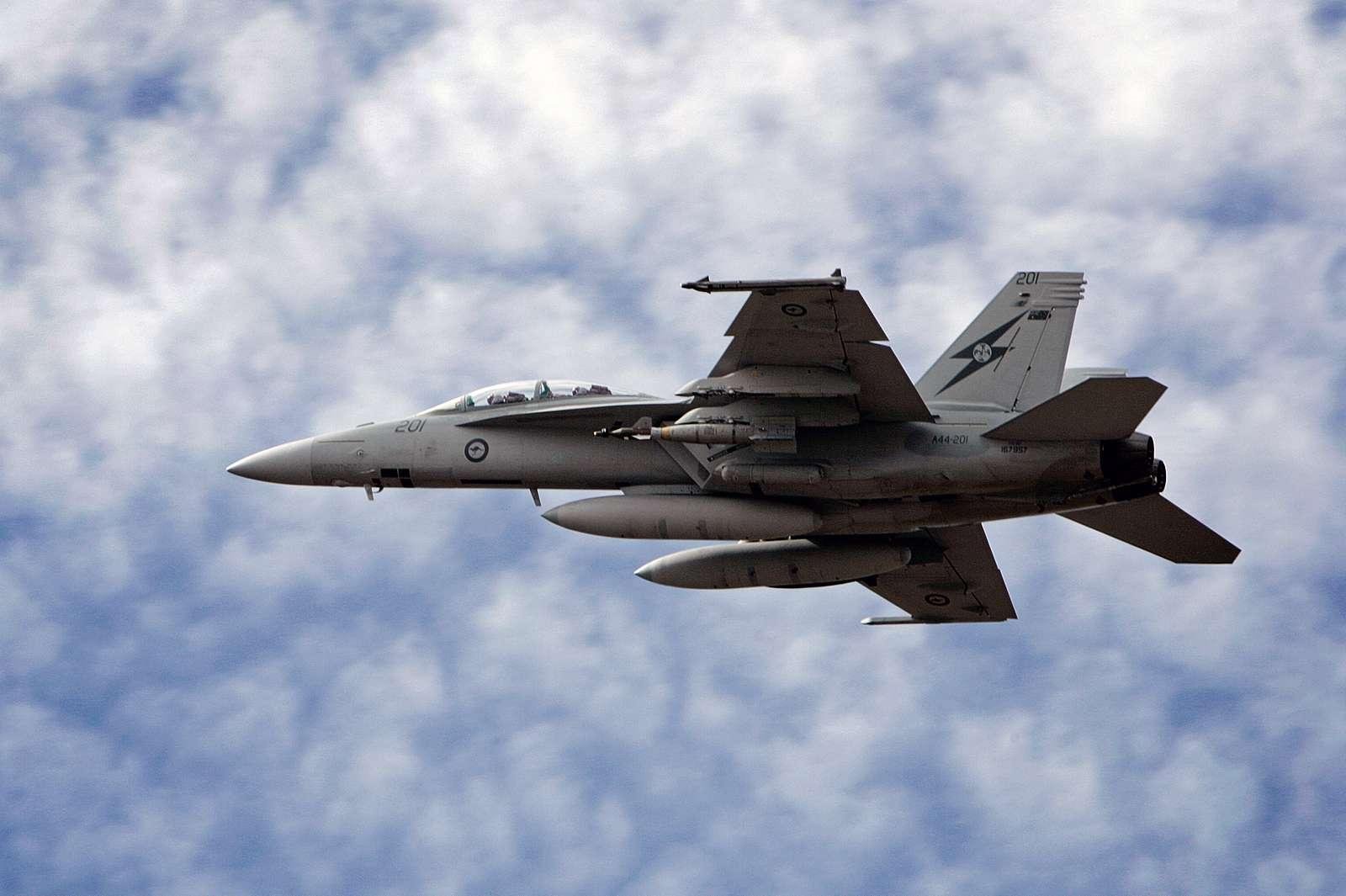
RAAF Boeing EA-18G Growler
Credit: Defense Visual Information Distribution Service (DVIDS)
LONDON—A missing piece in Australia’s fighter inventory will be filled in the short term by extending the life of the Boeing F/A-18E/F Super Hornet for at least another decade and then afterward will be opened up for competition as a new generation of air combat aircraft are scheduled to arrive in...
Subscription Required
This content requires a subscription to one of the Aviation Week Intelligence Network (AWIN) bundles.
Schedule a demo today to find out how you can access this content and similar content related to your area of the global aviation industry.
Already an AWIN subscriber? Login
Did you know? Aviation Week has won top honors multiple times in the Jesse H. Neal National Business Journalism Awards, the business-to-business media equivalent of the Pulitzer Prizes.





